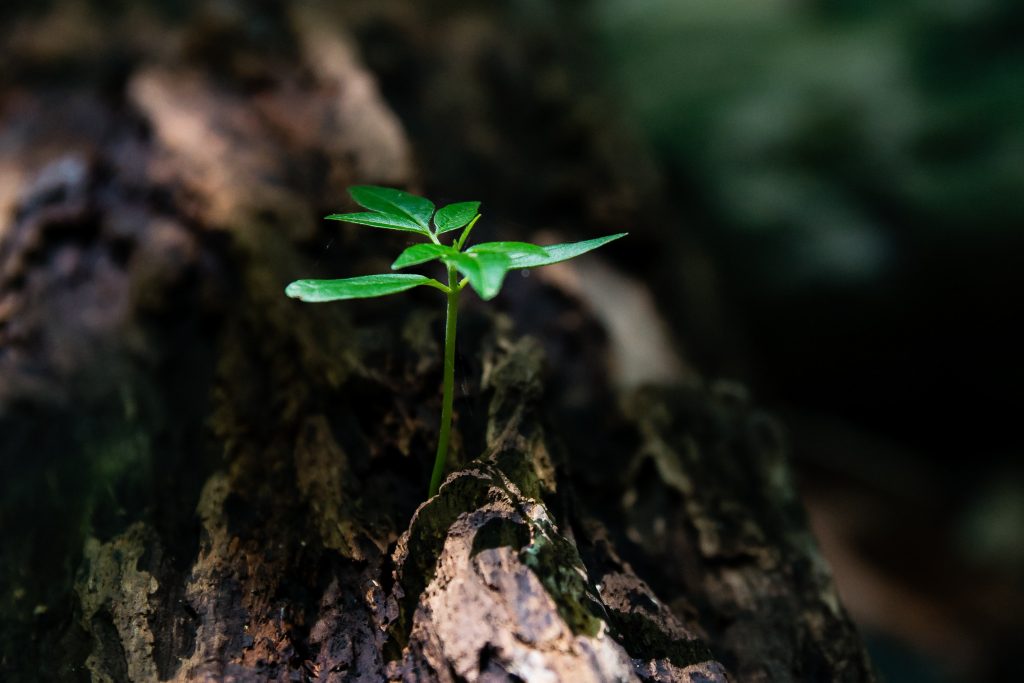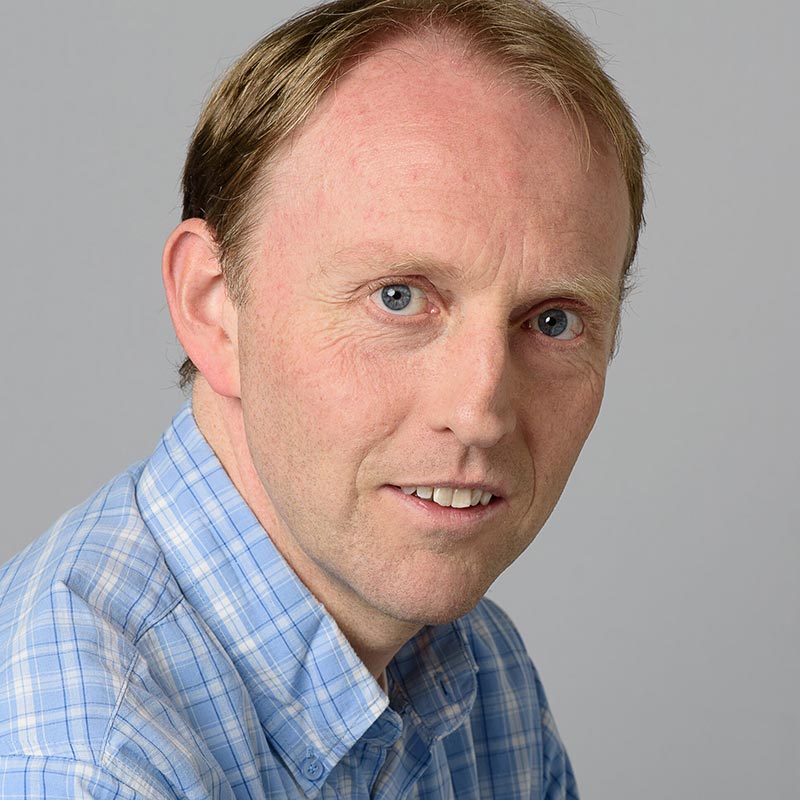Life is very complex and stems from the dynamic interplay between molecules and their environment. Contemporary life is based on interactions at and between different levels of hierarchy and scale: from (bio)molecules to cells, from organisms to ecosystems to the entire biosphere of our planet. If we want to repair broken organisms, we first need to understand how life functions. Researchers need to understand at all levels what causes the ‘behaviour’ we call ‘life’.

This is achieved through two different research directions:
1. First, researchers build living cells from separate molecules. They do this in a laboratory. These are biomolecules that come directly from existing cells. They can also be fully synthetic molecules or a combination of both. This approach is particularly powerful to unravel the functional principles of life. Generating synthetic life will be a huge scientific breakthrough and realizing full control over life will create unprecedented opportunities for new applications. Moreover, generating life based on alternative biochemistry will provide new insights into the potential diversity of life forms in the universe. It will provide new observable indicators used in the search for extraterrestrial life.
2. Secondly, researchers dissect and study contemporary life. This requires modern experimental technologies to look at individual molecules that are active in cells, such as the DNA molecule. And researchers also want to see how those molecules change over time. These experiments will yield enormous amounts of data over long periods of time. Only with the help of mathematical models is it possible to process this data and make the results transparent.
Ultimately, researchers will be able to steer and correct life. For example, we would be able to repair ‘broken life’ by means of DNA processing. We would be able to treat diseases in an unprecedented way. But researchers could also develop new ecosystems in places where existing ecosystems are lost, damaged or do not yet exist. Will you help make these dreams come true?




